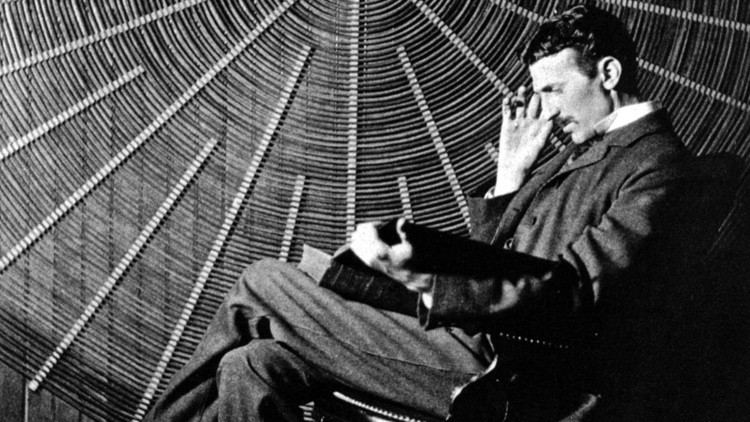Nikola Tesla (July 10, 1856 – January 7, 1943), also known in English as Nikola Tesla, was a Serbian-American inventor, physicist, electrical engineer, mechanical engineer, and futurist. He became famous for his contributions to the design of the alternating current (AC) electrical system.
Tesla's experiments in telephony and electrical engineering gained recognition before he immigrated to the United States in 1884 to join Thomas Edison's team in New York. After parting ways with Edison, Tesla established his own laboratories and companies to develop innovative electrical devices.
During the "War of Currents" between alternating current and direct current, Tesla gained immense fame for his invention of the induction motor and transformer. In 1891, he obtained American citizenship.
Tesla remained committed to his ideas about wireless lighting and high-voltage electrical distribution. In 1893, he announced the possibility of wireless communication using his inventions. Tesla attempted to implement a wireless continental transmission project through Wardenclyffe Tower, conducting numerous experiments on oscillations, mechanical generators, and electrical conduits.
Tesla's creativity manifested uniquely when he built a remotely controllable boat, a groundbreaking achievement at that time.
Tesla's achievements garnered widespread fame, and he earned the nickname "mad scientist" in popular culture. His inventions' patents brought him both fame and fortune, a substantial portion of which he invested in funding his private projects. Tesla lived in New York hotels until his retirement and passed away on January 7, 1943.
Although Tesla's works became relatively known after his death, his name was honored in 1960 by naming the unit of magnetic field density after him, the tesla. Since the 1990s, there has been renewed interest in Tesla and his creative legacy.
Why was Nikola Tesla fascinated by numbers? What goal was he seeking to achieve and understand about the world?
These questions open a window into the mindset of a scientific and innovative mind. Tesla considered mathematics not as an invention but a discovery—a universal language and a governing law throughout the universe. Regardless of your location, 1 + 2 always equals 3, and the entire universe follows this law.
Life and nature depend on specific patterns, such as the golden ratio and sacred geometry. Among these crucial patterns is the "Binary Force 2" system, where the pattern emanates from one and continues to double with numbers. Scientists believe that mathematics carries the imprint of the divine through this pattern within the structures of the universe.
Mathematics, with its aesthetic and organized concept, also appears in the "Mathematical Vortex," where the pattern repeats continuously. Among the highlighted numbers, 3, 6, and 9 stand out for their absence in this pattern. Here comes Marco Rodin's concept of higher dimensions and the "flow field," where these numbers are believed to represent the third and fourth dimensions, potentially holding the key to understanding free energy.
To elaborate further, start from 1 and move towards 2, doubling 2 gives 4, and doubling 4 gives 8. This pattern continues with the doubling of numbers, showing a periodic pattern: 1, 2, 4, 8, 7, 5, 1, 2... and so on.
In the end, mathematics appears as a language that interprets the laws of the universe and reveals its fascinating patterns. Understanding these ideas helps us approach the secrets of nature and the forces of the universe, and explaining the significance of numbers 3, 6, and 9 might be the key to free energy, as Nikola Tesla claimed.



